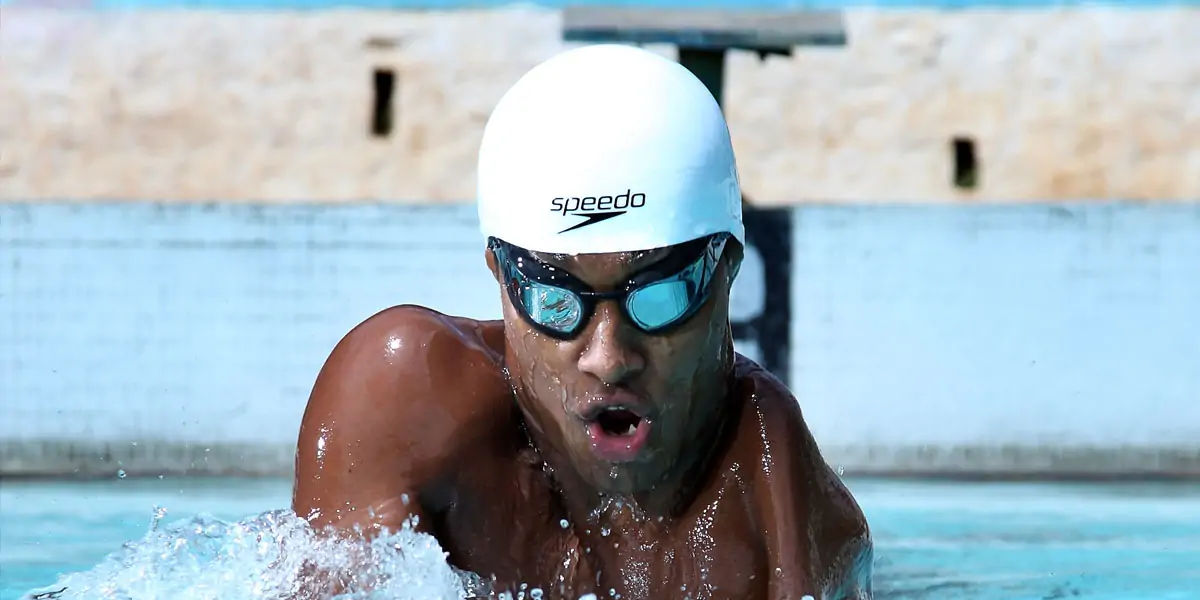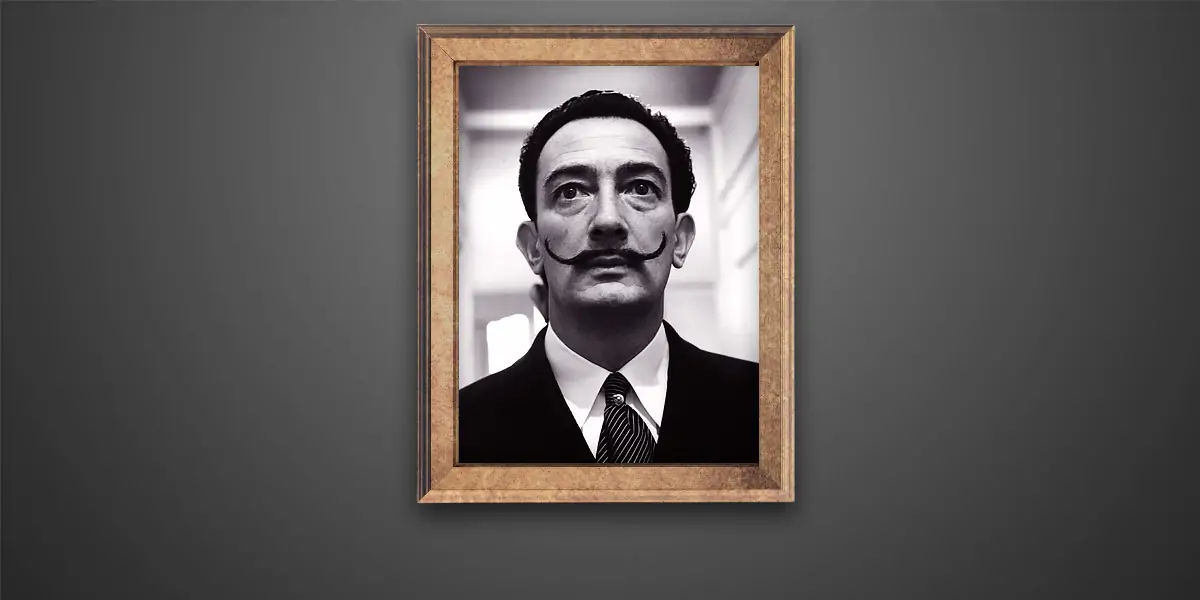In 1866 Gopal Krishna Gokhale, an Indian social reformer and pioneer of the Indian Independence Movement, was born in Kotluk, Ratnagiri District, Bombay, India.
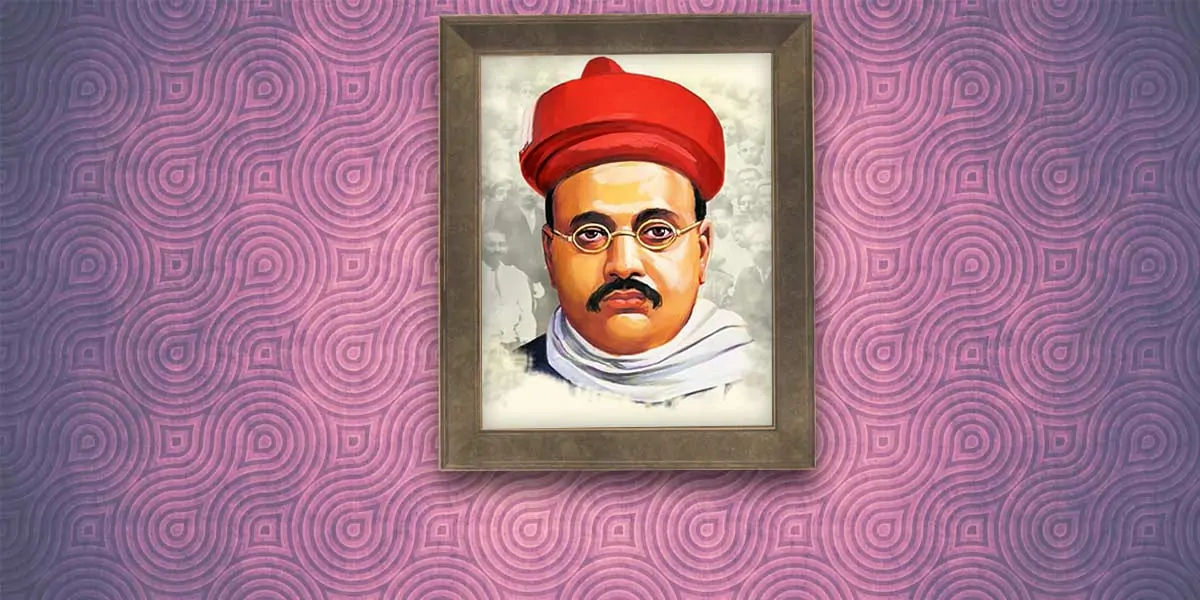
Gopal Krishna Gokhale was born on May 9, 1866, in the Ratnagiri District of the Bombay Presidency to an impoverished but ostensibly respectable Chitapavan Brahmin family. He graduated from Elphinstone College with a bachelor's degree at the age of 18 and joined the prestigious Deccan Education Society. At the age of 22, Gokhale was appointed secretary of the illustrious Sarvajanik Sabha, Bombay's main political organisation. He also taught at Fergusson College and served as secretary of the Deccan Education Society in 1891. Gopal Krishna Gokhale was a nationalist leader in India. He was the President of the Indian National Congress, as well as a member of the Imperial Legislative Council and the founder of the Servants of India Society.
Related On This Day
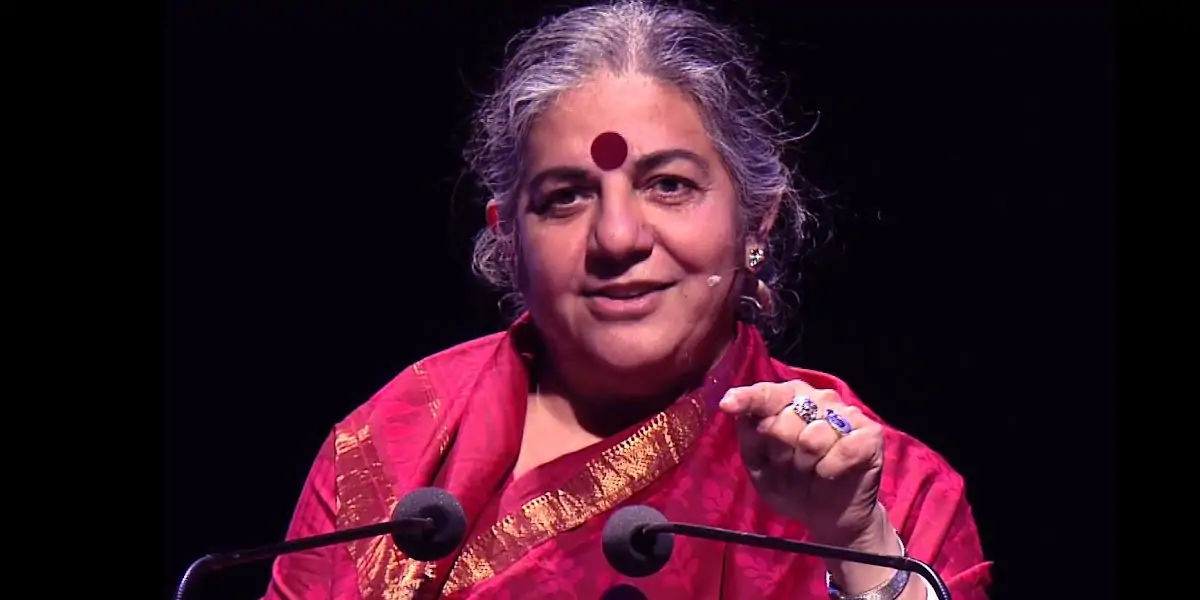
Vandana Shiva of India was awarded the Sydney Peace Prize in 2010 for her work on women's empowerment and environmental protection in developing countries.
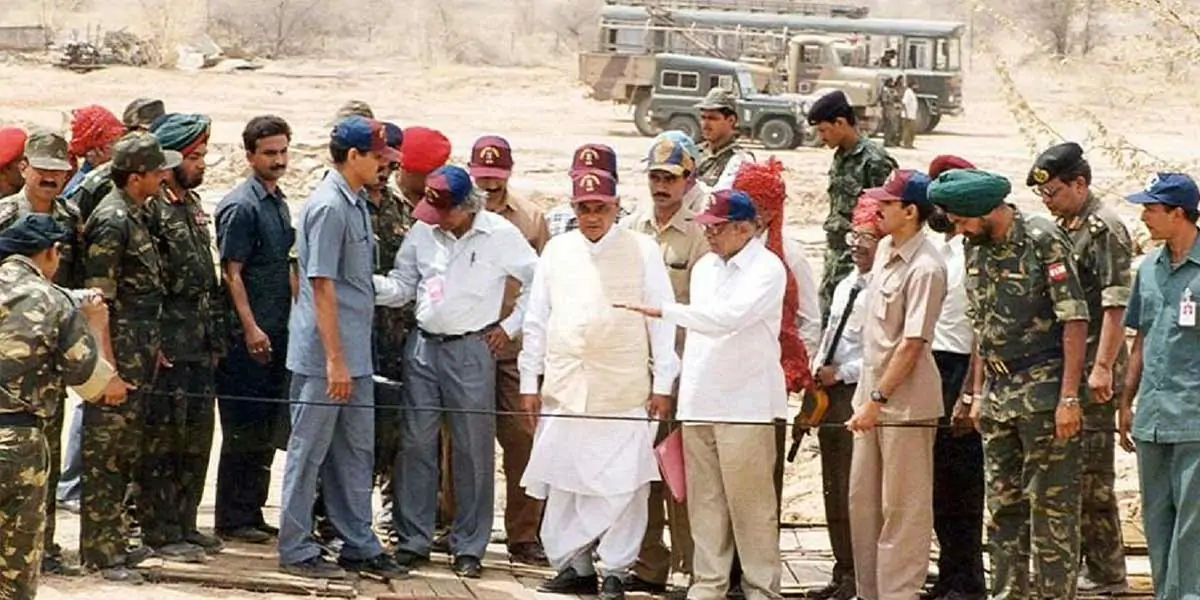
India conducts three underground nuclear tests in Pokhran in 1998, including one with a thermonuclear weapon.

Pooja Bedi, a former actress, television talk show host, and newspaper writer, was born in 1970.
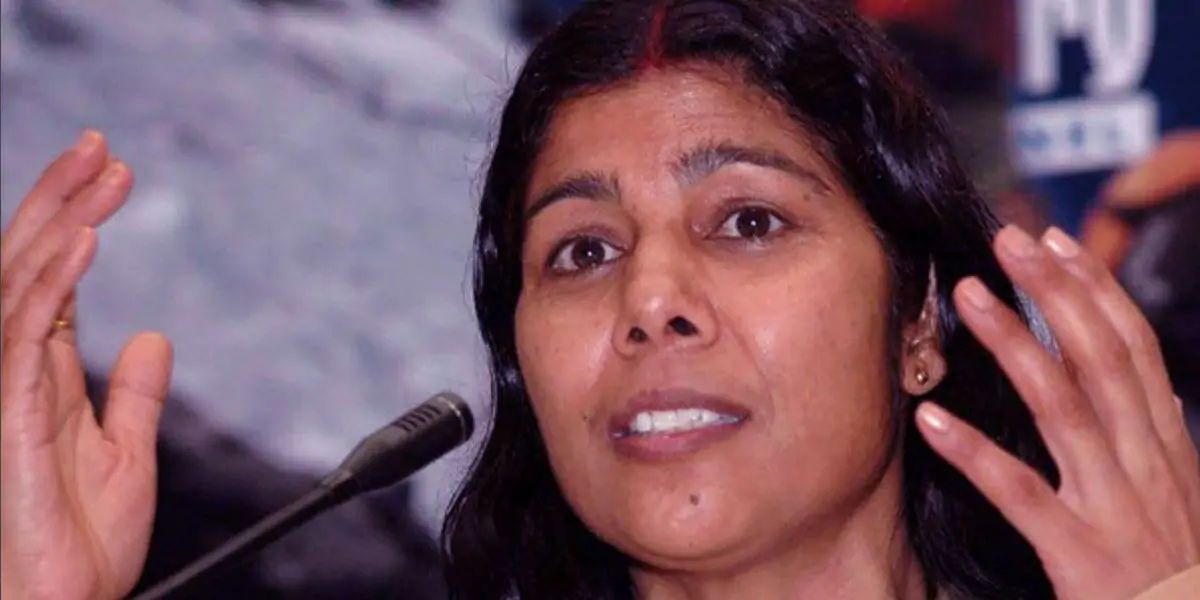
Santosh Yadav of India became the world's first woman climber to reach the summit of Mount Everest, the world's tallest mountain, in 1993.
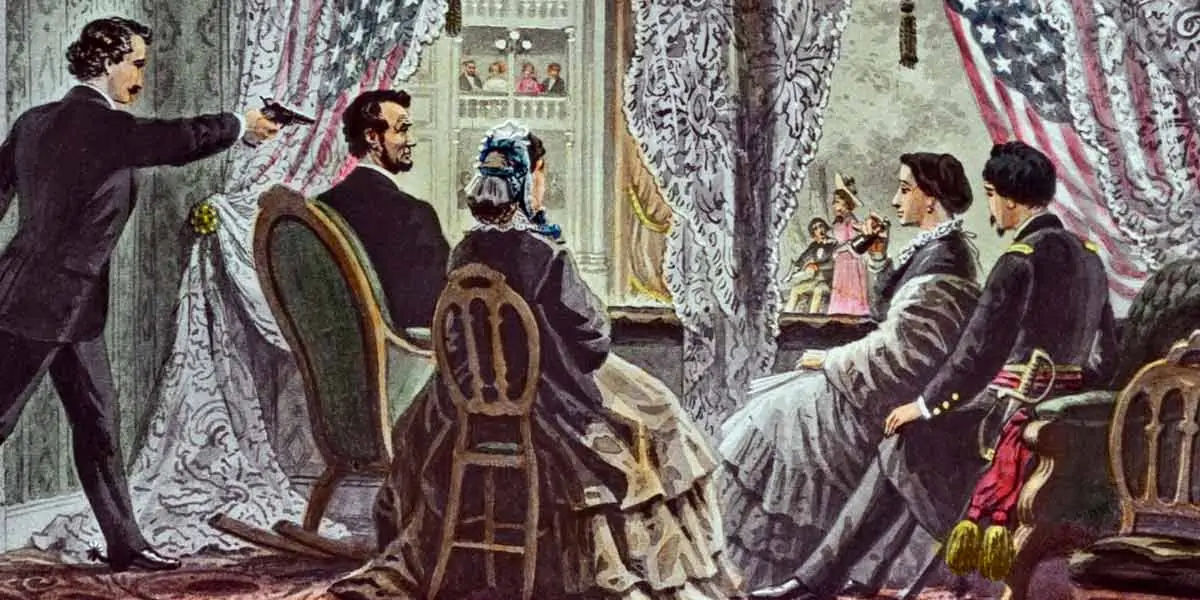
In 1838, in Bel Air, Maryland, John Wilkes Booth, an American stage actor and murderer of US President Abraham Lincoln, was born.
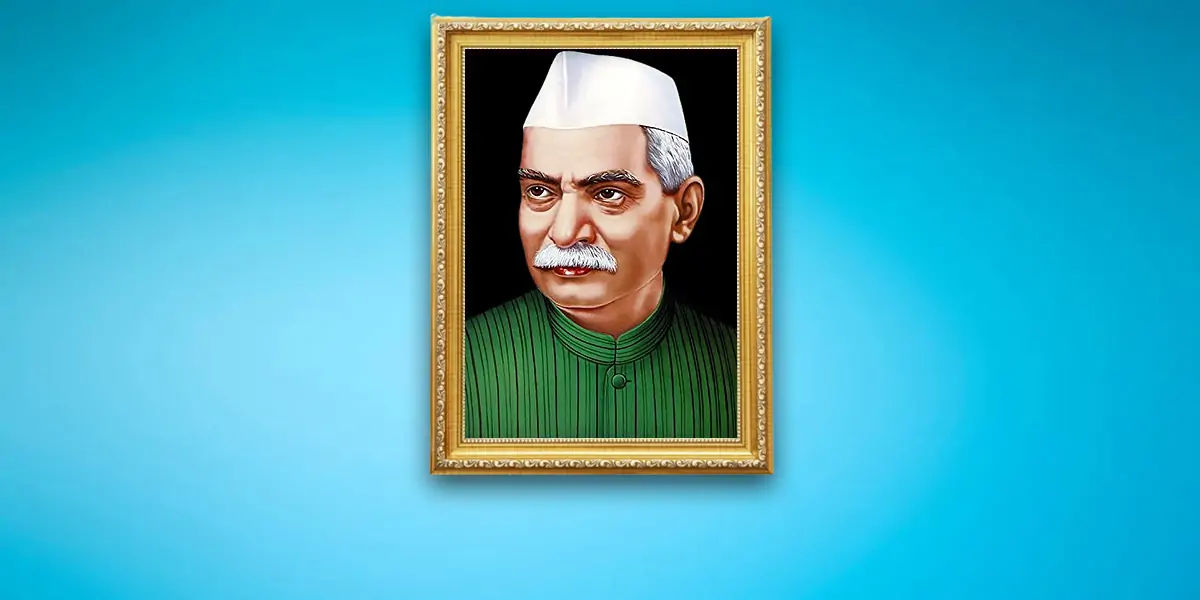
Rajendra Prasad, the first President of the Republic of India, dedicated the Somnath Temple in 1951.
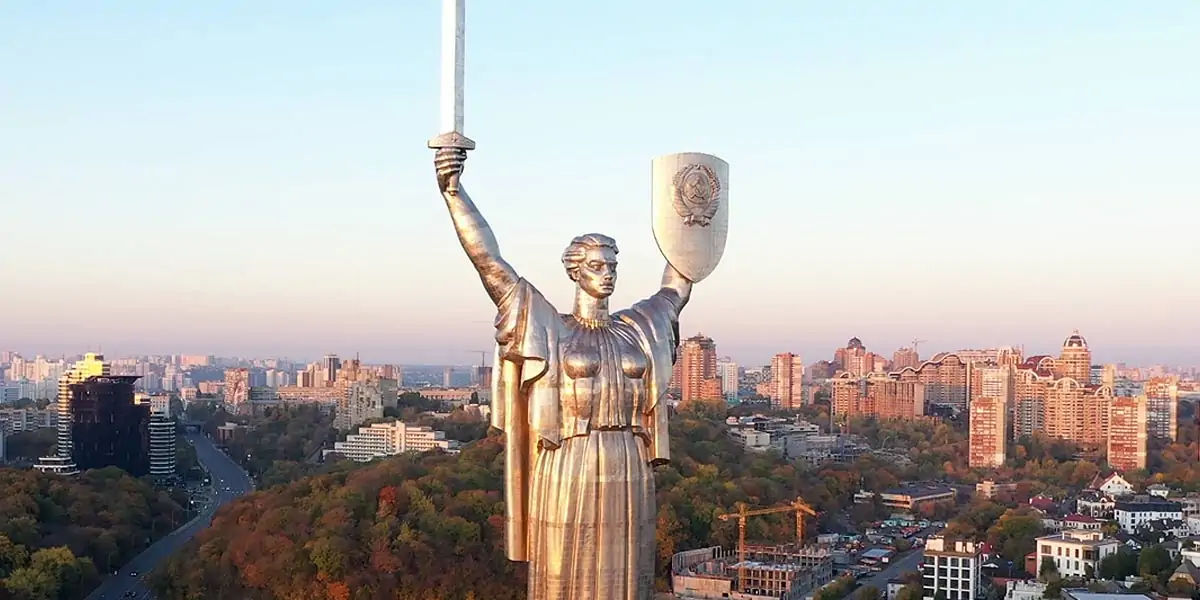
In 1981, the 203-foot-high Motherland Monument is unveiled at Kyiv, Ukraine, in a ceremony attended by Soviet leader Leonid Brezhnev.
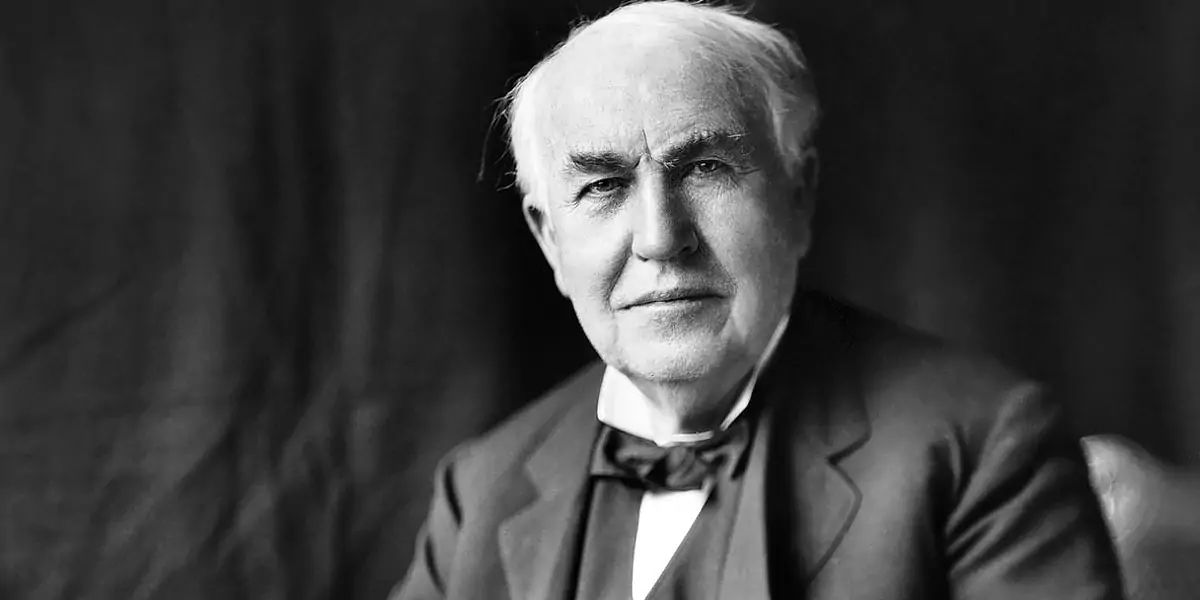
Thomas Edison used his Kinetograph to show the first motion picture exhibition to an audience of 400 people in Brooklyn, New York in 1893 at the Dept of Physics, Brooklyn Institute, Brooklyn, NY.
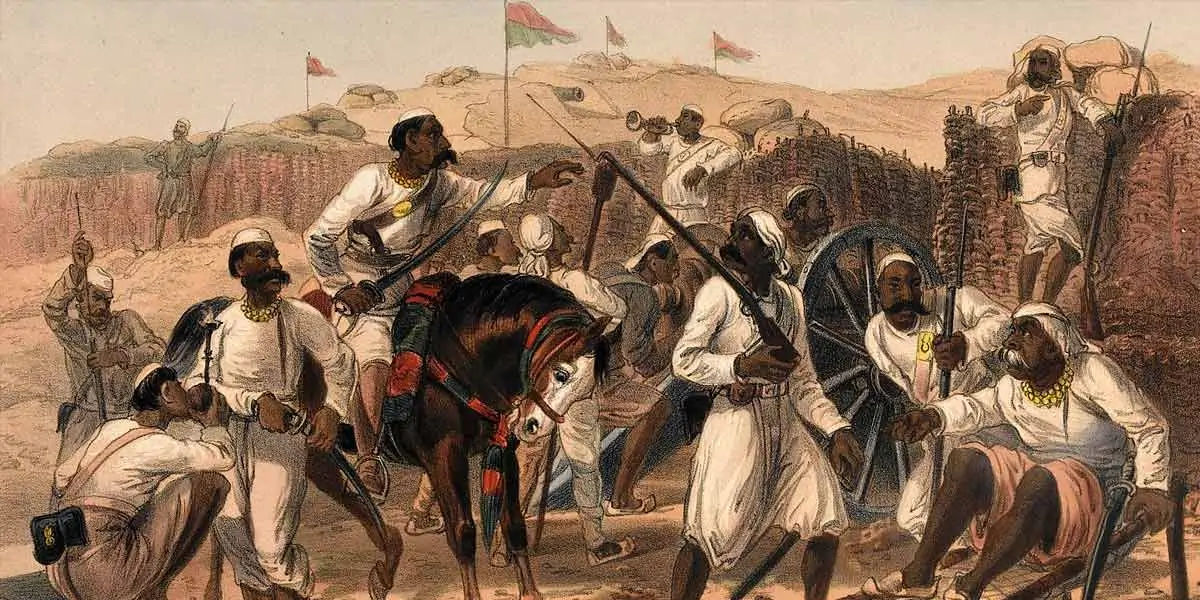
In the year 1857, The first fight of independence in India began. At Meerut, sepoys revolt against their commanding authorities.
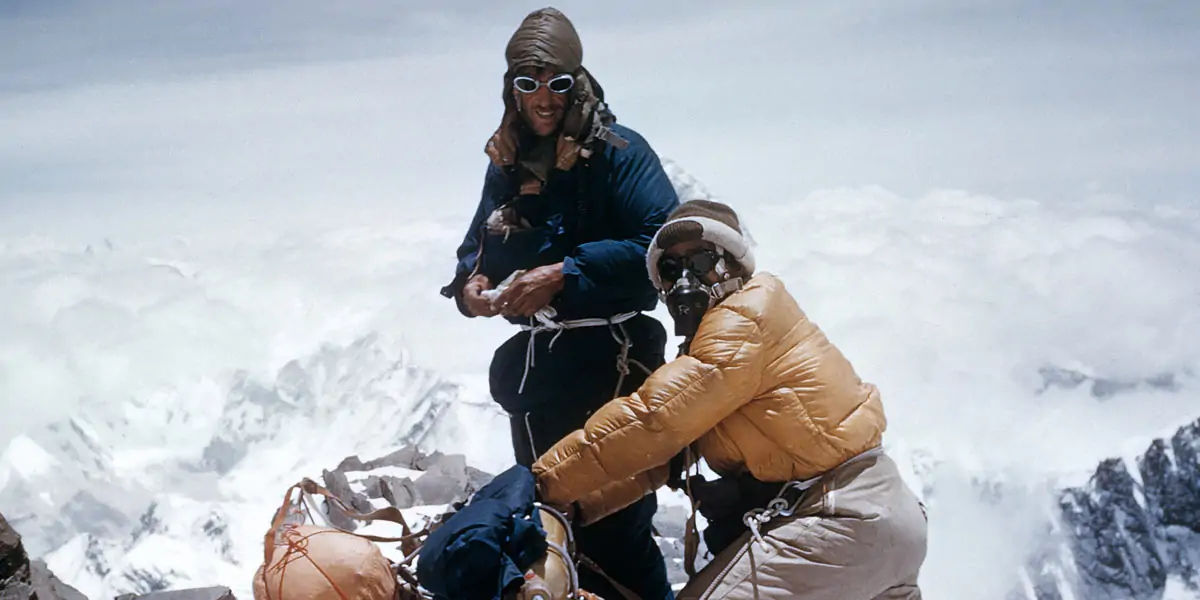
Tenzing Norgay, the first Tibetan climber to reach the peak of Mount Everest alongside Edmund Hillary in 1953, died of a brain haemorrhage at the age of 71 in 1986.

Amninderpal Singh Virk, better known as Ammy Virk, is an Indian singer, actor, and producer who was born in 1992.
